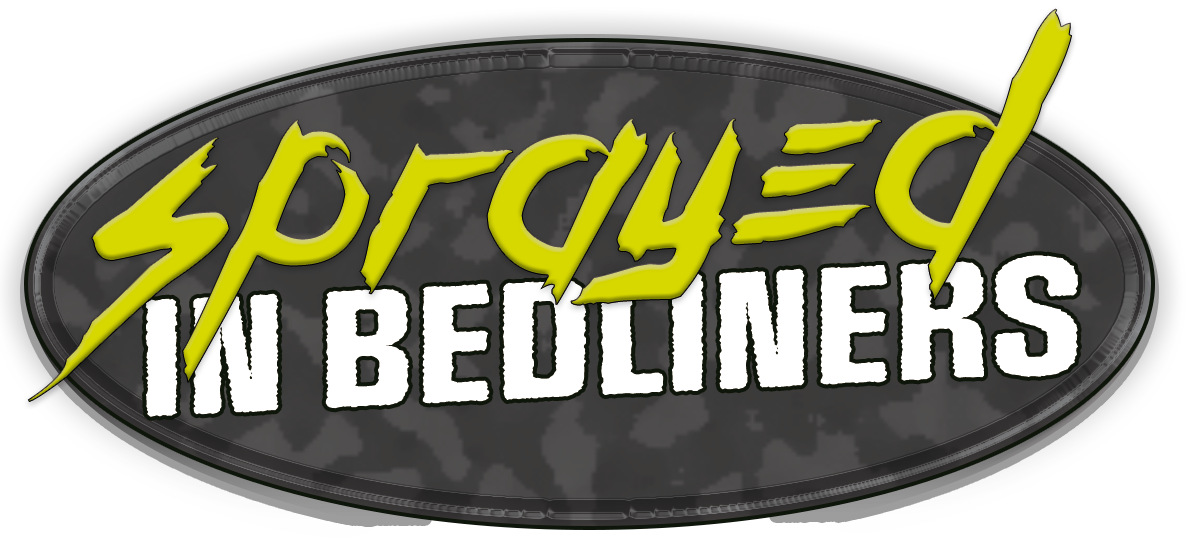
Understanding Bedliner Discoloration: Causes and Considerations
When a freshly sprayed bedliner starts to change color over time, truck owners often feel confused or disappointed. The expectation is durability not just in strength but also in appearance. While polyurea-based coatings provide outstanding protection against physical damage, chemical abrasion, and weathering, they are not immune to environmental effects—particularly ultraviolet exposure and material imbalance during application.
The science behind a bedliner’s discoloration doesn’t stem from a single failure but from a chain of variables that influence the end result. Understanding what causes the shift in hue requires more than a surface-level explanation. It calls for a closer look at the chemistry, environment, and equipment calibration that go into each application.
The Role of UV Exposure
The most common reason a bedliner begins to discolor lies in its exposure to ultraviolet light. Even premium coatings without UV additives will begin to show signs of oxidation and fading when subjected to direct sunlight for extended periods. The molecular structure of polyurea reacts to UV in ways that change the reflective properties of the surface. This doesn’t necessarily affect the integrity of the coating, but it does impact visual appearance.
Additives like UV stabilizers can be incorporated into the formulation to slow this process. However, many applicators and consumers opt out of clear coat protection, thinking it’s optional. In reality, a topcoat with UV resistance significantly extends the color stability of the liner.
Environmental Contaminants and Chemical Exposure
In some cases, discoloration stems not from sunlight but from what the truck encounters during use. Road salts, fuels, oils, and cleaning agents can all affect the surface appearance over time. A bedliner acts like armor, but even armor can tarnish. Polyurea, while chemically resistant, may still experience surface interactions that cause subtle or noticeable visual shifts, especially when exposed to harsh solvents or frequent acidic washes.
When a truck is used in commercial or agricultural settings, exposure to high-pH or low-pH materials may react with the surface layer of the bedliner. This won’t typically compromise the bond or tensile strength but will discolor the coating if it lacks proper stabilization agents.
Material Mixing Ratios and Spray Temperatures
Another key factor lies in the spray process itself. A spray on bedliner relies on precise ratios of “Part A” and “Part B” components, which need to be mixed at consistent pressures and temperatures. If the mixture runs lean or rich on one side, even by a slight margin, the resulting chemical reaction can produce a batch with altered cure characteristics.
This imbalance doesn’t always manifest during the initial spray. The bedliner may look perfect at first, only for discoloration to develop after it cures and experiences its first exposure to heat or light. That’s why quality control during the spray process matters as much as the raw materials themselves.
Differences in Substrate and Priming
Some discoloration originates beneath the liner, particularly when substrates are poorly prepared or when primers are omitted. Bare metal can oxidize under a coating if contaminants remain present. This trapped oxidation may slowly leach into the liner from underneath, creating a subtle change in tone that doesn’t wash away.
Primers exist for more than adhesion. They serve as a barrier between the coating and the surface material. Omitting or using the wrong primer on aluminum or steel can introduce interactions that eventually show up visually.
Comparing Formulations
Not all polyurea blends are the same. Some use aliphatic components that resist UV damage better, while others are aromatic and more vulnerable to sun exposure. The decision to use one over the other depends on cost, intended use, and customer preference. Installers who rely on cheaper aromatic systems without explaining their limitations risk customer dissatisfaction when discoloration appears.
Those wanting to explore the difference between these formulations can find insight through the resources found on Polyurea Magazine, which regularly covers developments in coating chemistry, field performance, and application technique.
Preventing Discoloration Before It Starts
Discoloration, once it begins, cannot usually be reversed without sanding or recoating the liner. Prevention remains the most effective solution. This means using the correct formulation, applying the coating with calibrated equipment, using a UV-stable topcoat when needed, and preparing the substrate properly.
The best installers explain these steps to customers and offer options that match the expected use of the truck. When done right, a spray-on liner won’t just last structurally—it will look good for years, regardless of climate or workload.
Final Thoughts
Discoloration doesn’t mean failure, but it does reflect how much care was taken at each stage of the bedliner’s life—from mixing and spraying to environmental exposure. A quality spray on bedliner provides mechanical durability, but visual longevity comes from chemical precision and thoughtful application.
Understanding what causes these changes helps installers do better work and gives customers more confidence in their investment. For those interested in advancing their knowledge on application science and materials testing, continuing to follow developments at Polyurea Magazine remains a solid choice.

0 comments